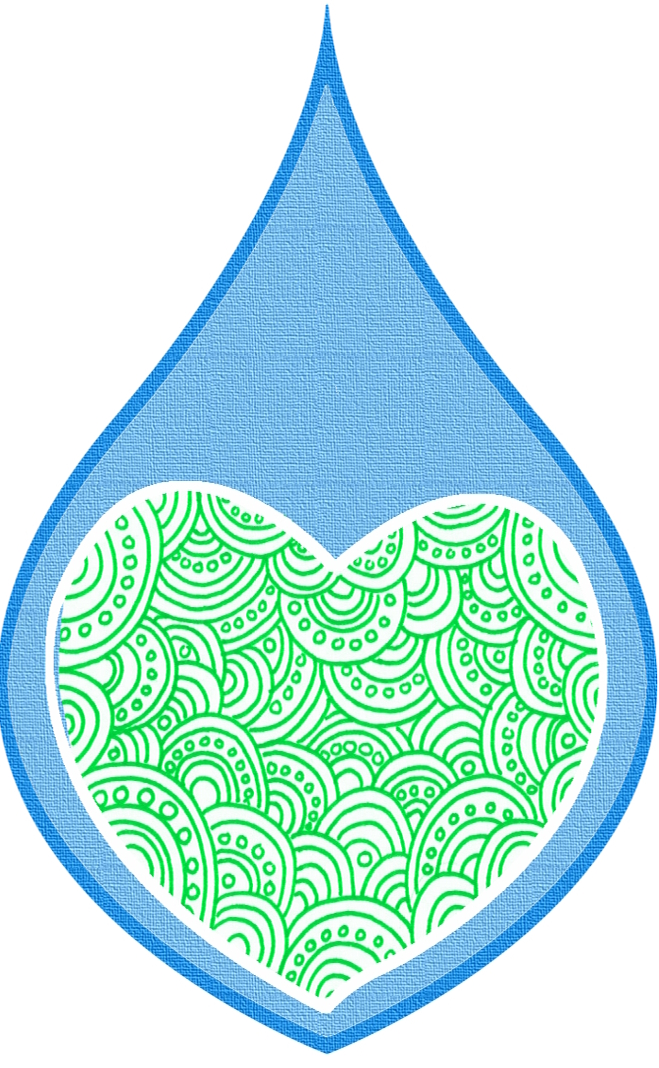Summary of Hydraulic Fracturing and Water Resources: Separating the Frack from the Fiction; A Report by the Pacific Institute
Today I wanted to give a summary of a report put out by the Pacific Institute titled Hydraulic Fracturing and Water Resources: Separating the Frack from the Fiction. The Pacific Institute, which has been around for 25 years, released the paper which was written by Heather Cooley and Kristina Donnely in June of this year. For this report they conducted extensive interviews with experts from state and federal agencies, academia, industry, environmental groups, and community based organizations from throughout thecontinue reading
